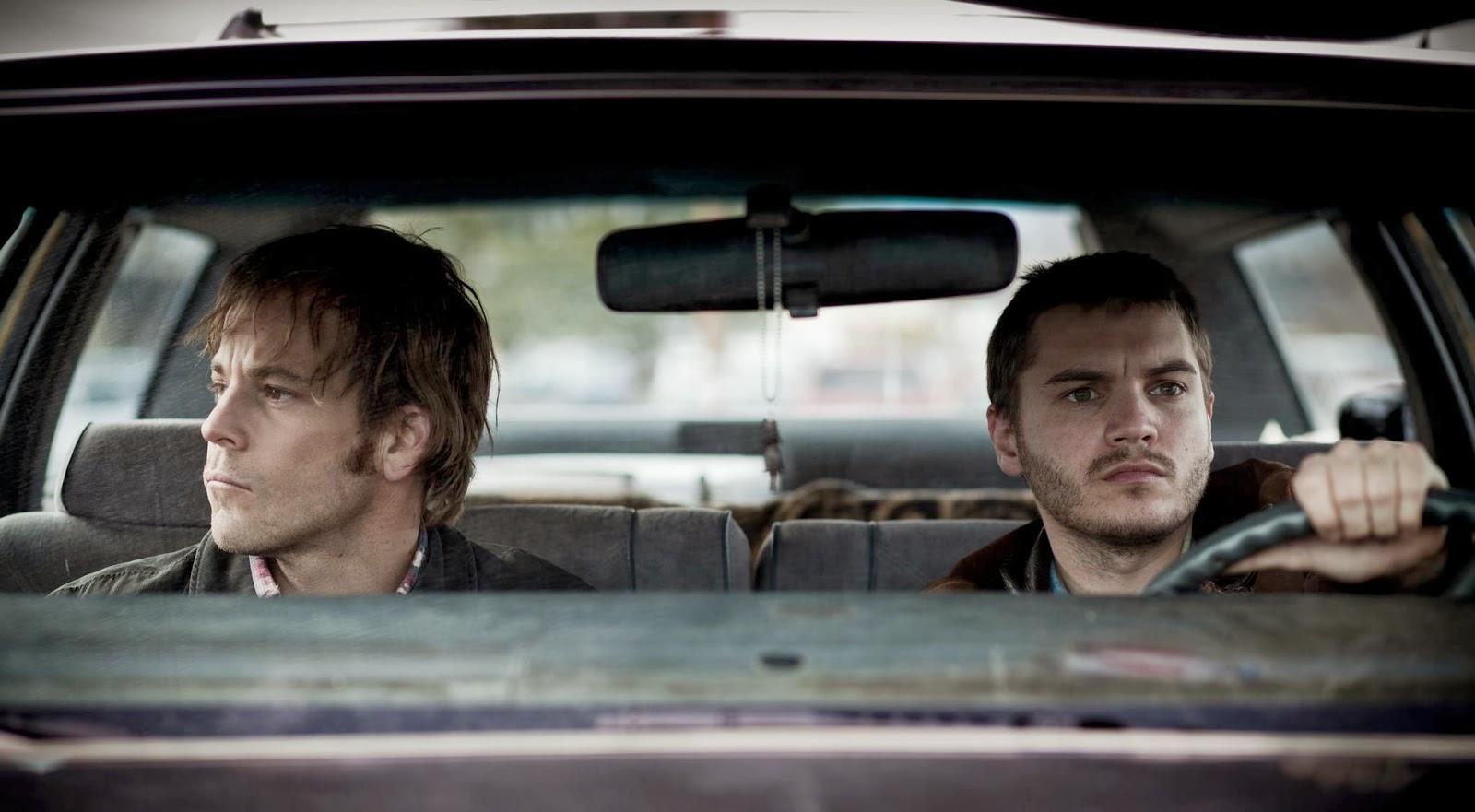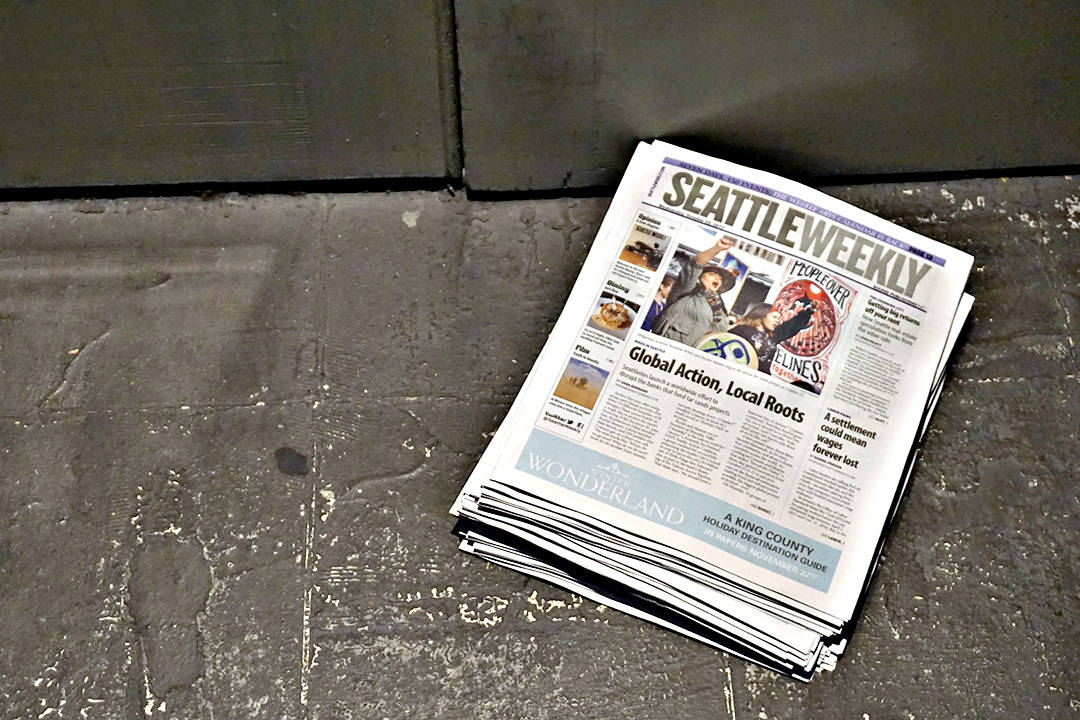The Motel Life
Runs Fri., Nov. 8–Thurs., Nov. 14 at Grand Illusion. Rated R. 85 minutes.
It’s a long way down to the pit where the Flannigan brothers find themselves in The Motel Life. This film, based on a 2007 novel, takes place in the cheap roadside motels of Reno and Elko, Nevada, where brothers Frank (Emile Hirsch) and Jerry Lee (Stephen Dorff) have resided since they were teenagers. The motel life is not the good life. It’s filled with poverty, depression, and delusion, suitably rendered by directors Alan and Gabe Polsky.
This is a stark and direct film with a fairly straightforward story, once it gets to it. Jerry Lee made a tragic mistake and didn’t own up to it; instead he botched a suicide attempt, putting a bullet in his previously amputated right leg. Now the brothers are on the lam, broke and bleeding, with nowhere to go. How the Flannigans descended to this day-to-day desperation is a more complex story, one that Motel Life tries to cram into the opening 15 minutes. It’s a disorienting bit of exposition, jumping among three different time frames, plus a couple of animated fighter-pilot fantasy scenes.
In his novel, Portland author and musician Willy Vlautin took more time to weave the Flannigan brothers’ hard-luck story into their current predicament. Running a pinched 85 minutes, this adaptation has no such luxury, which is a shame. When Motel Life does slow down and focus, it gets better. Hirsch, Dorff, and Dakota Fanning (as Frank’s love interest) are all convincing as beautiful losers. (Kris Kristofferson also shows up for a flaccid turn as the straight-shootin’ car-salesman father figure to the brothers.) Scenes between the brothers are the most powerful, charming and heartwarming despite the film’s pervasive anxiety and dread. To soothe his brother’s pain, Frank tells fantastical stories filled with buxom sexpots, bloody fights, and vanquished villains (vividly animated by Mike Smith), while Jerry Lee shares advice from Willie Nelson’s autobiography to help Frank cope with his own internal wounds. These tender performances do more to convey a history of hard living, and the bonds that history has created, than any number of flashbacks ever could.
mbaumgarten@seattleweekly.com








